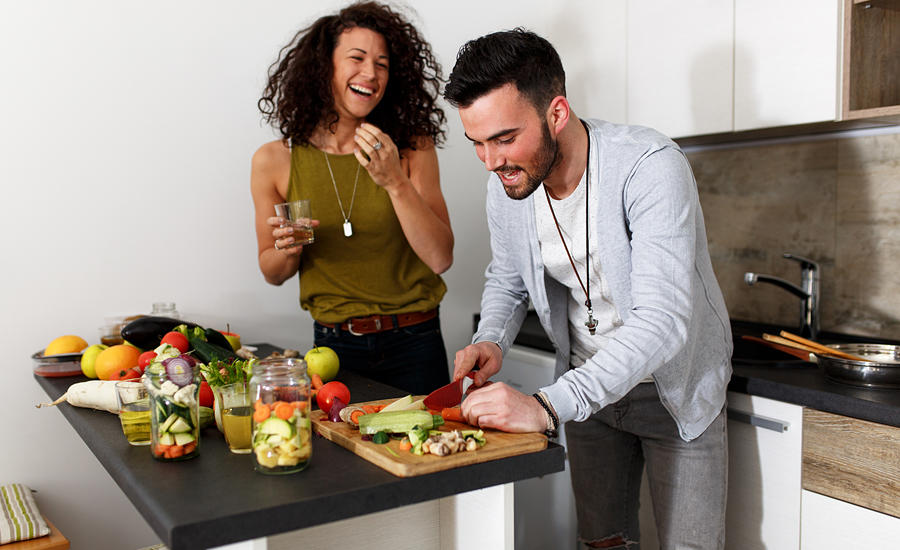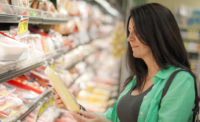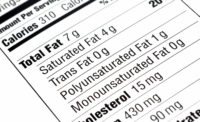With residents of the Top 50 most populous cities comprising nearly 16% of the total U.S. population, and city growth rates consistently topping those of suburban and rural areas, urban grocery shoppers are becoming an increasingly influential demographic.
Research released in “The Urban Grocery Shopper” by Acosta, Jacksonville, Fla., provides insights into the grocery shopping world of city dwellers.
“For urban grocery shoppers, crowded stores are the norm, so convenience is a major priority,” says Colin Stewart, senior vice president, business intelligence. “City dwellers are more likely than suburban and rural shoppers to have groceries delivered, buy groceries at small neighborhood stores, pop into stores for pre-made offerings and dine out rather than make meals at home.”
The report also includes a comprehensive breakdown of the habits and preferences of urban shoppers, such as:
Grocery delivery is vital
- Urban shoppers were 90% more likely than the average shopper to rank online ordering capabilities within the Top 3 most important attributes for their grocery shopping experience.
- Nearly 60% of urban shoppers reported buying groceries online for mail delivery or door-to-door delivery, compared to less than 30% of suburban and rural shoppers. One in four urban shoppers reported ordering groceries online at least once a week.
- 56% of urban shoppers reported using online retailers to buy bulky items compared to 34% of suburban shoppers and 24% of rural shoppers.
Unique purchasing behaviors
- Urban shoppers have less reliance on traditional grocery channels for key product groups.
- Urban shoppers were nearly two times more likely than suburban shoppers to buy frozen foods somewhere besides mass merchandisers and traditional grocery stores.
- Urban shoppers utilize grocery stores’ perimeter offerings more than suburban and rural shoppers, with 56% reporting they made a trip to the store specifically for prepared foods in the past six months.
Brick-and-mortar store shopping routines and challenges
- Compared to 34% of suburban shoppers and 20% of rural shoppers, 58% of urban shoppers reported they often stop for groceries on their way home from work or school to buy only what they need for that night or the next day.
- 57% of urban shoppers were more likely than the average shopper to rank easy-to-shop stores within their Top 3 most important attributes for their grocery shopping experience.
- Compared to 51% of suburban shoppers and 44% of rural shoppers, 64% of urban shoppers reported feeling grocery stores were usually crowded and time spent at checkout was too long.
This study was compiled using Acosta’s U.S. Urban Shopper Survey, March.






